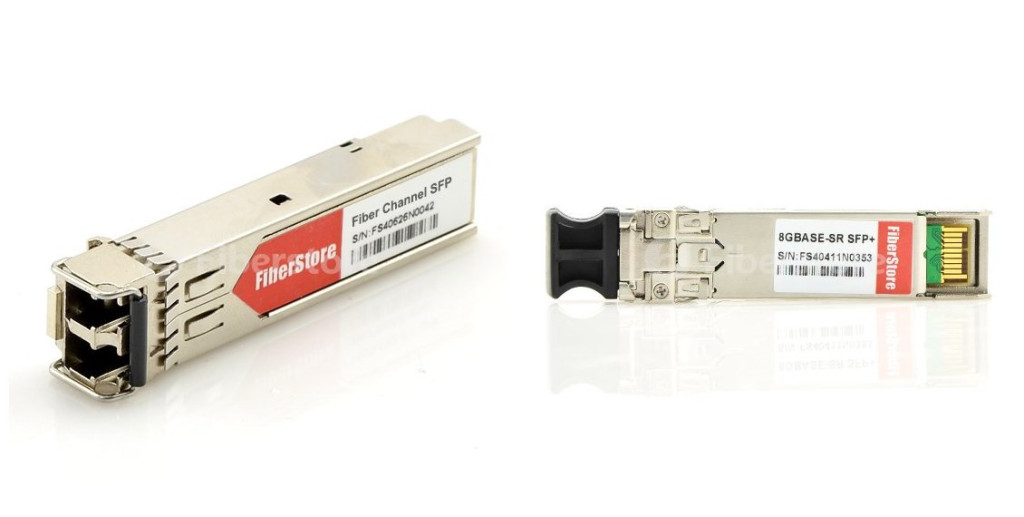A Guide to Fibre Channel Technology
The storage requirements of industry today has grown exponentially over the last decade. Not only has the volume of storage increased, but the added requirements for reliable, high-speed, highly-available storage have left the industry seeking for new solutions. There are a number of choices available each with its own advantages and disadvantages. This article offers an overview of one of the debated technology, Fibre Channel.
Fibre Channel, or FC, is a serial interconnection technology that was developed to bring together elements from the channel and networking technologies. It is standardized in the T11 Technical Committee of the International Committee for Information Technology Standards (INCITS). This union provides a reliable high-speed transport for data over long distances. Channel technology provides switched point-to-point connections between the communicating devices. This is usually a hardware centered approach with very high-speed, low-overhead communication. Fibre Channel combines the reliability and speed of the channel technologies with the distributed nature of the network technologies to create a new I/O interface meeting the needs of both environments. And now it has become a common connection type for storage area networks (SAN) in enterprise storage. Fibre Channel commonly runs at 2, 4, 8 and 16 gigabit per second rates. The following picture shows a Finisar FTLF8519P3BNL 2G Fibre Channel SFP transceiver on the left and a HP AJ716A 8G Fibre Channel SFP+ transceiver on the right.

For demanding applications, Fibre Channel technology has entrenched itself as the quintessential SAN interconnect, providing high speed, high reliability, and inherent security for storage network users. Fibre Channel uses optical fiber, coaxial copper or twisted pair copper cabling to carry SAN data at speeds of 1Gbps, 2Gbps, 4Gbps and 10Gbps. At the same time, latency is kept very low, minimizing the delay between data requests and deliveries. It is this combination of high speed and low latency that makes FC an ideal choice for time-sensitive or transactional processing environments. Fibre Channel is especially suited for connecting computer servers to shared storage devices and for interconnecting storage controllers and drives. Fibre Channel is three times as fast, it has begun to replace the Small Computer System Interface (SCSI) as the transmission interface between servers and clustered storage devices. Fibre Channel offers point-to-point, switched, and loop interfaces. It is designed to interoperate with SCSI, the Internet Protocol (IP) and other protocols.
Why choose Fibre Channel? Here are the reasons. Fibre Channel is regarded as a very reliable SAN technology. The FC SAN fabric allows for multiple connection paths and redundant connections, so if a hardware fault or cabling issue arises, a new path can be found and communication can fail over to an alternate connection—keeping storage and applications connected (even at reduced performance) until corrective action can be taken. Alternatively, multiple connections can be aggregated (or trunked) for even better bandwidth. The availability of multiple or redundant connections enables load balancing where SAN traffic is analyzed and can be dynamically rerouted from busy paths (bottlenecks) through less-used paths. Security is another important attribute of Fibre Channel technology. Zoning makes it possible for devices within a Fibre Channel network to see each other. By limiting the visibility of end devices, servers (hosts) can only see and access storage devices that are placed into the same zone. Once the SAN is zoned, LUNs (logic unit numbers) are masked so that each host server can only see specific LUNs. Moreover, Fibre channel is more flexible; devices can be as far as ten kilometers (about six miles) apart if optical fiber is used as the physical medium.
However, there are some recognized disadvantages to FC. Fibre Channel has been widely criticized for its expense and complexity. A specialized HBA (hose bus adapter) card is needed for each server. Each HBA must then connect to corresponding port on a Fibre Channel switch—creating the SAN "fabric". Every combination of HBA and switch port can cost thousands of dollars for the storage organization. This is the primary reason why many organizations connect only large, high-end storage systems to their SAN. Once LUNs are created in storage, they must be zoned and masked to ensure that they are only accessible to the proper servers or applications; often an onerous and error-prone procedure. These processes add complexity and costly management overhead to Fibre Channel SANs.
Fibre Channel is one technology currently on the market for storage networking solutions. Fiberstore is a professional manufacturer and supplier, which offers a large amount of cables and transceivers for your Fibre Channel applications, branded by major brands, like Cisco, HP and Finisar. For example, Finisar FTLF1319P1BTL 2G Fibre Channel SFP transceiver is a Class 1 laser product. It fully complies with the multi-sourcing agreement (MSA) which enables it to work in all MSA compliant platforms. All these Fibre Channel transceivers are guaranteed with a limited lifetime warranty.

